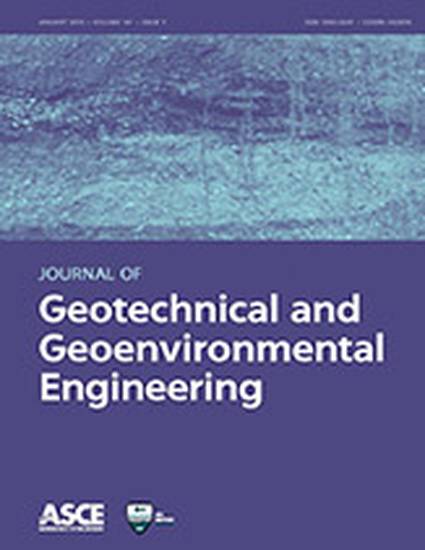
Article
Quantitative Estimation of Clay Mineralogy in Fine-Grained Soils
Journal of Geotechnical and Geoenvironmental Engineering
(2011)
Abstract
Stabilization design guidelines based on soil plasticity properties have certain limitations. Soils of similar plasticity properties can contain different dominant clay minerals, and hence, their engineering behavior can be different when stabilized with the same chemical additive and dosage. It is essential to modify stabilizer design guidelines by including clay mineralogy of the soil and its interactions with chemical additives used. Chemical properties of a soil including cation exchange capacity (CEC), specific surface area (SSA) and total potassium (TP) are dependent on clay mineral constituents, and an attempt is made in this study to develop a rational and practical methodology to determine both clay mineralogy distribution and dominant clay mineral in a soil by using three measured chemical soil properties and their analyses. This approach has been evaluated by determining and evaluating clay minerals present in artificial and natural clayey soils of known and unknown clay mineralogy. A total of twenty natural and six artificial soils were considered and used in the chemical analyses. Test results and subsequent analyses including the development of artificial neural network (ANN) based models are evaluated and described in this paper.
Keywords
- Clay mineralogy,
- Montmorillonite,
- Kaolinite,
- Expansive soil,
- Mineral quantification,
- Artificial neural networks
Disciplines
Publication Date
November 1, 2011
Citation Information
Bhaskar Chittoori and Anand J. Puppala. "Quantitative Estimation of Clay Mineralogy in Fine-Grained Soils" Journal of Geotechnical and Geoenvironmental Engineering Vol. 137 Iss. 11 (2011) Available at: http://works.bepress.com/bhaskar_chittoori/3/
